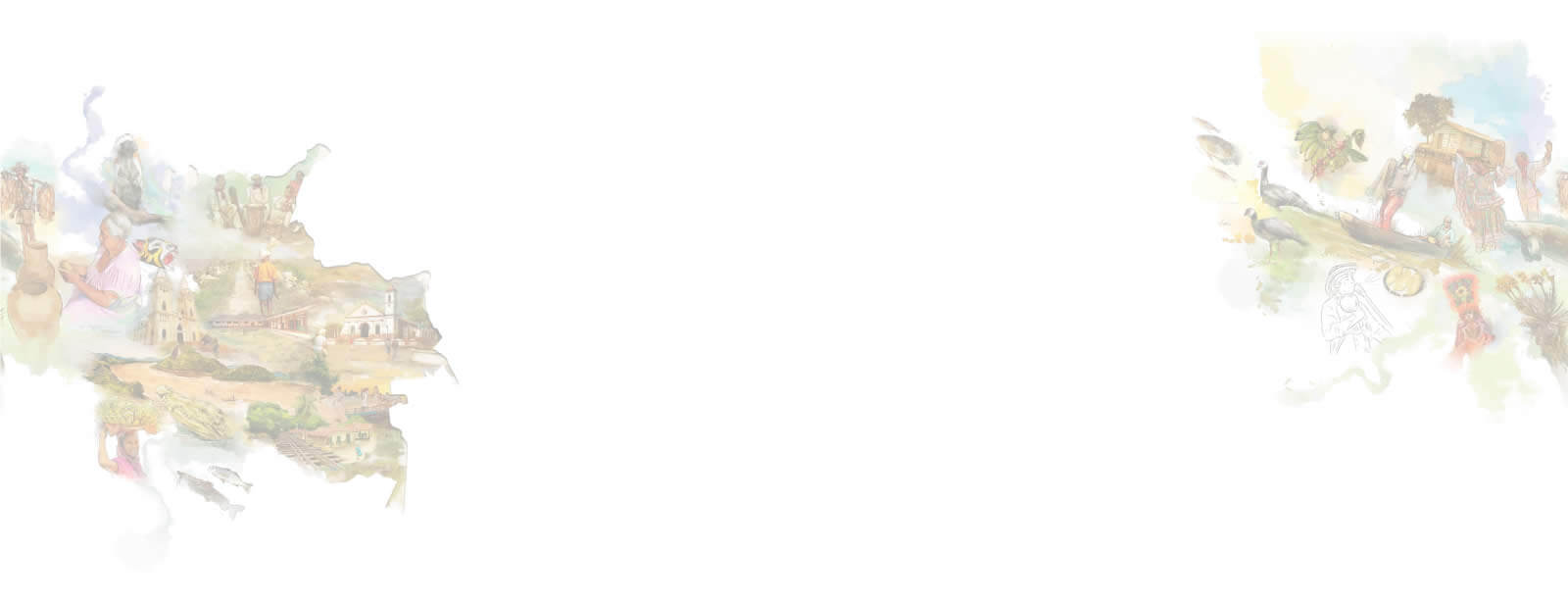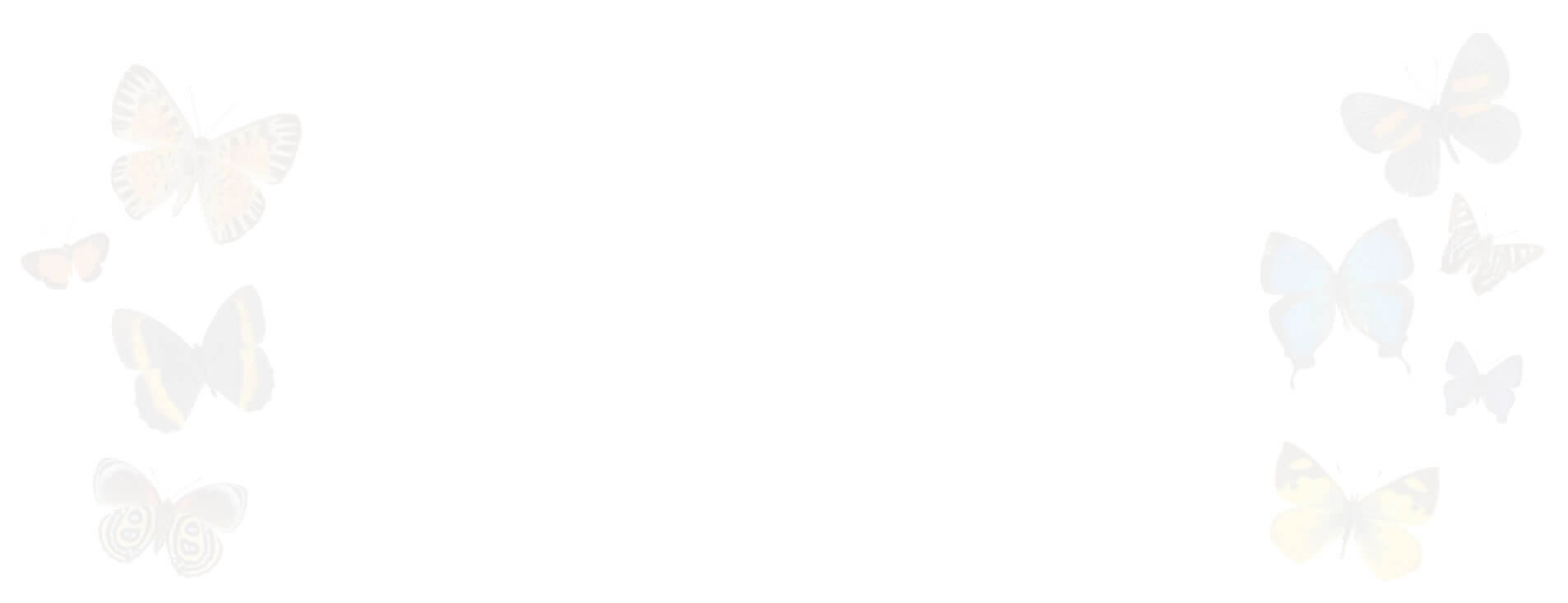Imagine the stirring sight of hundreds and thousands of kites in the sky, each of them dancing to their own rhythm on the wind and representing the talent, dreams and identities of the person holding their strings.
This is the wondrous spectacle of the Wind and Kite Festival, held every year in the historic town of Villa de Leyva, which draws spectators from across the world.
It would be a mistake to assume this awe-inspiring display is about nothing more than dazzling the watchers below with a riot of colour and the sight of ergonomically-designed kites speeding through the sky.
This is a highly competitive and much-prized event with competitors preparing their kites for many months beforehand in a bid to triumph over their peers.
Here we explain why the Villa de Leyva Wind and Kite Festival is such a celebrated contest in the charming setting of a historic town.
You may also be interested in: Christmas celebration: Villa de leyva’s festival of lights
Origins of the Kite Festival
The festival, known as the Festival de Viento y Cometas in Spanish, is held in colonial Villa de Leyva, in Boyaca Colombia, in mid-August every year. This is the time when the region’s winds are at their strongest, and therefore excellent for kite-flying.
The first festival was held on August 7, 1975 – August 7 being the day Colombia commemorates the 1819 Battle of Boyaca, when the Spanish Army gave up its weapons and handed victory to the ‘Freedom Army’ that sought to liberate the country.
The wind and kite festival was such a success that the event has been held annually ever since, with various styles of American and European kite arriving in Colombia in the 1980s – increasing the event’s standard and competitiveness even more.
These new kites included deltas, which require no tail, and no wind; acrobatic or stunt kites, which have two or four strings; and the three-dimensional geometric kites.
International tourists have been drawn to the event, keen to watch the talented kite-flyers in action and witness the variety of different kites on display.
You may also be interested in: Destinations with traditions that fall in love.
The history of kites in humankind
Kites have played a role in human history for more than twenty-five centuries.
They are thought to have originated in China, where they were used in all sorts of activities from religious, meta-physical and artistic, to military and scientific.
How does the festival work?
Kite-flyers perform demonstrations and compete in several different categories.
The first day of the festival, always a Saturday, is known as the “light day”, with contests in the following categories: artisan kites, night flying, art kites, show kites, children’s sports kites, and vertical flight.
It’s on the second day, Sunday, that the action really heats up. This day is known as the “heavy day”, with the most eagerly anticipated battles and competitions, and the fiercest rivalries between the participants.
Events held on the second day of Villa de Leyva’s Wind and Kite Festival include individual flight, distance flight, gigantic kites and team flights.
With so many different contests, the festival makes for a fantastic get-together of amateur flyers, kite makers, experts and specialists, and those who simply enjoy the spectacle of colour and lightness in the sky.
You may also be interested in: The top 10 most Instagrammable places in Colombia
Things to do in Villa de Leyva
Villa de Leyva is one of the best-preserved colonial towns in Colombia and a fantastic place for a visit in its own right.
Visitors who intend to spend time at the Wind and Kite Festival should consider exploring some of the other delights the town has to offer.
Most important is to stroll the vast Plaza Mayor and explore the town’s narrow cobbled streets and white-painted colonial buildings, many of which have been converted into tiny cafés and restaurants, ideal for sampling a delicious cup of Colombian coffee.
Close to Villa de Leyva is the much-loved Fossil Museum, run by members of the local community, and home to the remains of the ‘Kronosaurus Boyacensis’. This impressive specimen was unearthed by a nearby farmer and remains the most complete fossil of a kronosaurus ever discovered.
There’s also the Casa Terracotta, said to be the world’s largest terracotta house and Villa de Leyva’s archaeological park, which was once an astronomical observatory and ceremonial site belonging to the Muisca indigenous people.
Explore the great outdoors in Villa de Leyva
Villa de Leyva has plenty of natural attractions too, for visitors keen to explore the stunning countryside and landscapes surrounding the town.
One of the most impressive is Lake Iguaque, which was also once a sacred site for the Muisca people, who believed the history of humankind originated there.
This beautiful lagoon is found within a paramo ecosystem and is a popular day hike from Villa de Leyva. Chief among the attractions are the water-absorbing frailejon plants, with their cheerful yellow flowers, as well as ferns and lichens.
Those who have hiked out to the lake and back may choose to unwind at one of the celebrated vineyards near Villa de Leyva and sample some delicious Colombian wine.
The popular Ain Karim vineyard opened in 1994, importing its vines from France and the Napa Valley, and produces internationally recognized red, white and rose.
You may also be interested in: Behind the charms of the most welcoming country in the world.
















